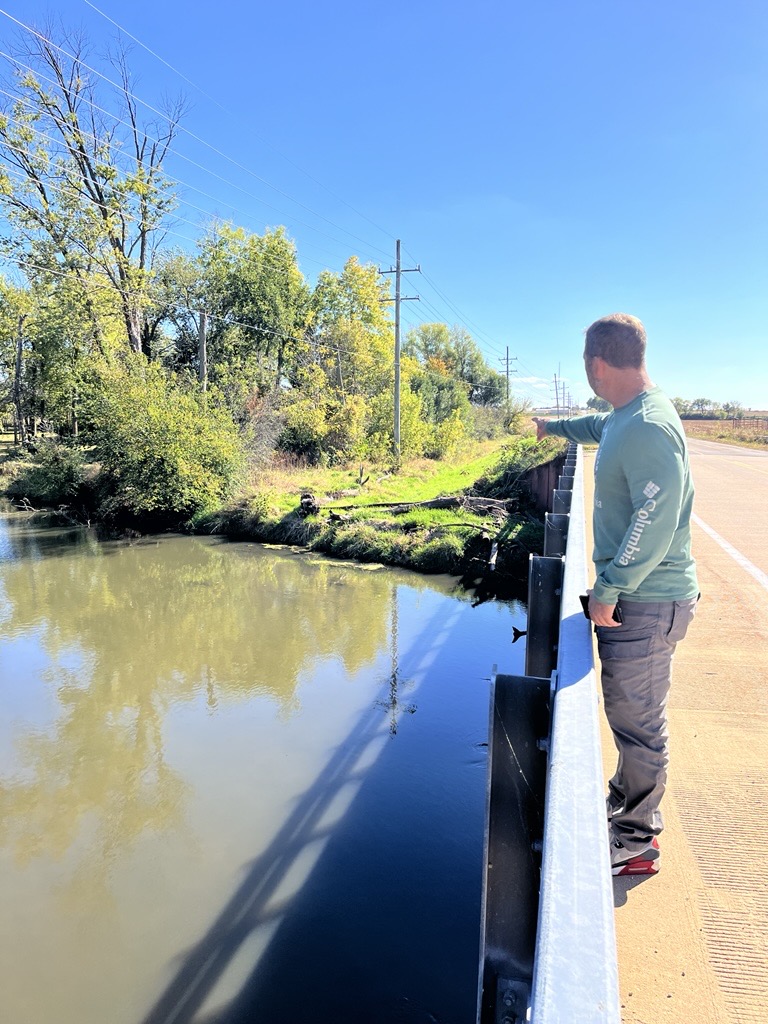What do Waterborne and Turkeys have in Common? We’re all Engineers by Nature.

As a skilled team of environmental professionals, Waterborne spends our days engineering solutions that enhance our understanding of our landscapes using techniques that we readily adapt to project needs. But nature, it turns out, has its own engineers at work every day. This Thanksgiving, we’re tipping our hats to one whose season is upon us: the wild turkey. Just like us, these birds shape their environment in ways that improve ecosystem function, enhance resilience, and maintain natural processes.
Wild turkeys (Meleagris gallopavo) are remarkably active foragers. Studies from the U.S. Forest Service and several state wildlife agencies have shown that a single flock can disturb several acres of forest floor in a season as they scratch through leaf litter for insects, seeds, and acorns. In essence, turkeys are performing small-scale tilling that benefits both the forest canopy and understory. Their foraging behavior aerates the upper soil layer, incorporates organic material, accelerates nutrient cycling, and exposes small patches of bare ground, creating microsites for seed germination. Research on ground disturbance in oak-hickory systems indicates that these openings can improve acorn establishment rates by up to 30% compared to undisturbed leaf litter.
But turkeys are engineering their ecosystems beyond land work. They also serve as seed dispersers and secondary consumers that contribute to plant community dynamics and genetic mixing—especially in fragmented landscapes where natural seed dispersal is otherwise limited. Their broad diet includes over 600 plant and invertebrate species. Many seeds, particularly from fleshy fruits such as Vitis riparia (river grape), Cornus florida (flowering dogwood), and Rubus species, survive passage through the digestive tract. This makes turkeys effective agents of endozoochory, dispersing viable seeds across their home ranges, which can span up to 1,000 acres per flock.
Although they’re sizable birds, turkeys also play their part in supporting higher trophic levels. Nest predation by snakes, raccoons, and skunks is common, and adult turkeys are preyed upon by coyotes, bobcats, and large raptors such as great horned owls. Their population health is often used by wildlife biologists as a proxy for ecosystem balance, reflecting the integrity of both predator and prey populations.
So this Thanksgiving, as we celebrate the work of engineers—human and feathered alike—it’s worth remembering that innovation isn’t unique to us. Wild turkeys till the soil, plant the future, and sustain biodiversity, often without notice. Their quiet engineering reminds us that every healthy ecosystem, like every successful project, depends on collaboration—between people, processes, and the natural world itself. After all, whether the goal is providing solutions for our clients or enhancing the power of the food web, good engineering is about creating conditions where life can flourish.
From all of us at Waterborne Environmental, we wish you a warm and restorative Thanksgiving—and a moment to appreciate the engineers, great and small, who keep our world thriving.

Celebrating Geographic information systems (GIS). Properly.
READ MORE

What do Waterborne and Turkeys have in Common? We’re all Engineers by Nature.
READ MORE

Streamlining Compliance and Conservation: A Comparison of Web-Based Tools to Help Growers Navigate a Complex Landscape
READ MORE



